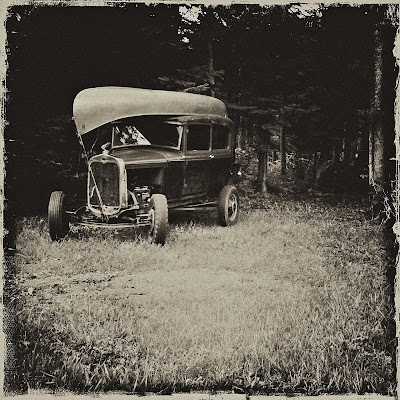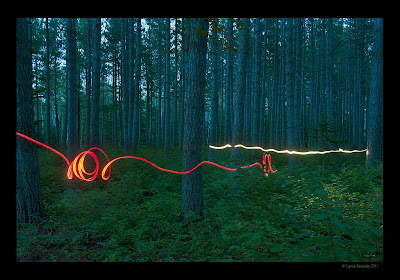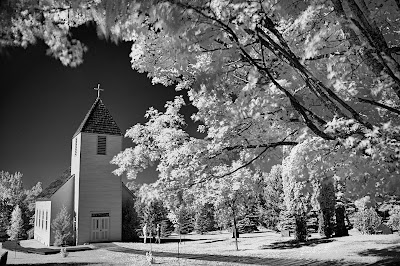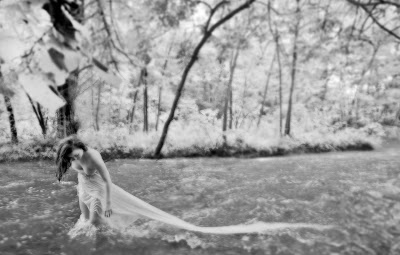
Mission accomplished! And let me tell you, I pureed some jalepano peppers, spread them on cream cheese inside crescent rolls and baked them......oh my! So good with chili. My goodness, I get easily sidetracked.
Over the holiday season I had the pleasure of touching bases with several good friends. Many of which are peers in the field photography. Conversations rolled all over the place, with topics ranging from family, the stagnant economy, upcoming shoots, and my favorite, why we do what we do. That spiritual connection we have being photographers.
One of the things I cherish about my photo friends is we don't compete with each other. We do our own thing, exploring, creating, learning. Granted, our images are often in the same edit pool or assignment desk in which clients make choices, but in conversation we share ideas, bitch about stuff, and in the end marvel that we are doing what we do. In fact, when I'm unavailable for an assignment, I suggest these folks to the editor because it does both the client and these talented shooters good. And, they do the same for me.
I've always found it tough going around people I sense are hiding something from me. They give off the vibe they have something on you, then refuse to, share. Its such a waste. They fail to realize that blurting out ideas can allow those ideas to percolate and genuine thoughts from others can add depth. I see this both professionally and in some of the workshops I teach.
So, if I were to make any suggestions for rising & aspiring shooters looking ahead to 2012 it would be to put yourself on pace to hit a few home runs. Share ideas and images. Take on a visual project and push it to a conclusion. Talk to others about it. Share it. There are tons of good places on the internet to share these projects. Investigate a subject/theme and reap the benefits of all those lessons that will reward you on so many levels. It will make you a better photographer and a wiser person. And, invariably, you will find new themes within the one your are developing. I swear on every story I shoot, I find several mor
e within it worth pursuing. Its a win-win.
In a day where it feels like everything that can be photographed, has been photographed, its time to go hunting. I find new moments revealed at the click of my shutter all the time. Ya just gotta get out there with your lens.
A good example: I teach a series of workshops called 72HOURS at the Minneapolis Photo Center (MPC). I choose a different theme and for three days we go out and shoot that theme. In the end, produce a book of those efforts. Last Spring we did one called 72HOURS Stone-Steel-People. We went all over Minneapolis/St. Paul searching for subject matter that related to this topic. Many of the subjects we photographed we photograp
hed with fresh eyes because we were following a theme. Without that theme, the story line, we quite possibly on any other day, would've walked right past those moments.
Using the theme as a visual vehicle, we gave ourselves permission to create because they had relevance based on our theme. You can see where I'm going with this can't you? There's lots of photographic material out there! Attaching a theme steers you in a direction.
Consider following a theme. It is a great way to kick off your new photographic year. Don't be fooled that its a trivial way to create. Its not. You can pick a simple theme or one more involved.
Along with the several I have on tap already, I'm determined to spend more time photographing Gaea here in Minneapolis whose face intrigues me to no end. She is someone I really want to photograph. Its a theme. Its one of my plans. And, she's right here in the neighborhood. I have no economic reasons to photograph her. I feel a calling to do so.
Minor White once said when referring to making photographs, "Listen to the Messages." This is an obvious message to me and I will pursue it as I can.

Grab that camera and lens and hit some home runs with your efforts. Its like that party you didn't want to go to and once you got there, had buckets of fun.
Happy New Year!
layne & gang































